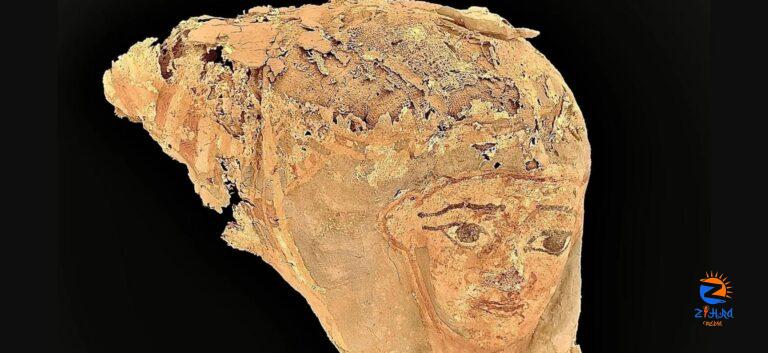
[ad_1]
The Egyptian Ministry of Tourism and Antiquities on Monday announced the discovery of 33 archaeological tombs, dating back to the Late Period of ancient Egypt and the Greek and Roman eras near the Aga Khan Mausoleum in Aswan governorate.
“The joint Egyptian-Italian archaeological mission working in the vicinity of Aga Khan Mausoleum, west of Aswan, succeeded in uncovering a number of previously unknown family tombs dating back to the late and Greco-Roman eras,” the ministry said in a statement.
The Secretary-General of the Supreme Council of Antiquities, Mohamed Ismail Khaled explained the importance of this discovery in a press statement as it adds new history to the Aga Khan region, especially as several of the tombs contain the remains of mummies and funerary tools.
This has shed new light into some aspects of this period, he noted, such as what diseases spread back then.
The Late Period began more than 2,700 years ago during the rule of the 26th Dynasty and lasted more than 400 years, followed by the Greek and Roman Ages.
An upper and middle class burial ground
The general supervisor of Aswan and Nubian antiquities and Egypt’s director of the archaeological mission, Abdel Moneim-Saeed, explained that the mummies discovered include an adult – possibly a woman – and a child who died around one or two years of age.
The bodies were found close to each other inside a stone coffin, he said, and examinations will be conducted to determine their exact relationship.
With this evidence, he noted that the likelihood that the middle class of Aswan island’s population was buried in this part of the cemetery, while the upper part of the cemetery was reserved for the burial of the upper class.
The professor of Egyptian archeology at the University of Milan, and the director of the mission from the Italian side, Patrizia Piacentini according to the statement said that preliminary studies indicate that among the mummies several died at a young age – some as newborns and others that had reached puberty.
He noted that several had suffered infectious diseases.
[ad_2]